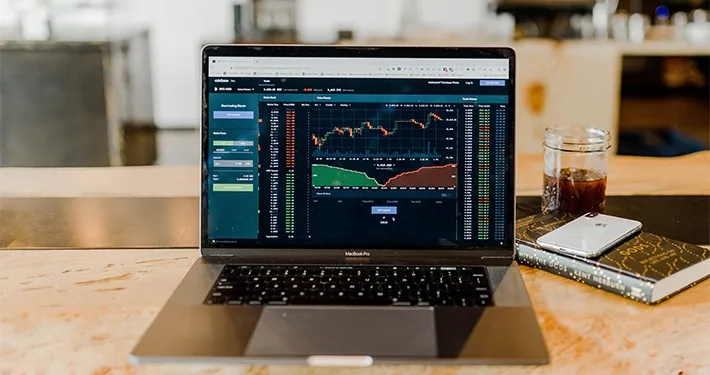THE ART MARKET’S AVERAGE RETURNS ARE CONVINCING
A long-term study by Citi revealed that the art market has returned yields similar to the bond market between 1985 and 2018. In that period, the contemporary art market has returned an average of 7.5%, impressionism 5.0% and the art market in general 5.3%. During the same 18 years, investment grade bonds from developed countries returned similar returns of 6.5%.
A long-term study by Citi revealed that the art market has returned yields similar to the bond market between 1985 and 2018. In that period, the contemporary art market has returned an average of 7.5%, impressionism 5.0% and the art market in general 5.3%. During the same 18 years, investment grade bonds from developed countries returned similar returns of 6.5%.






